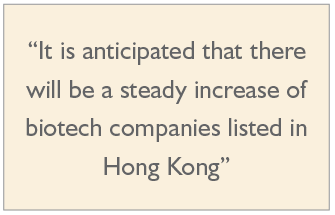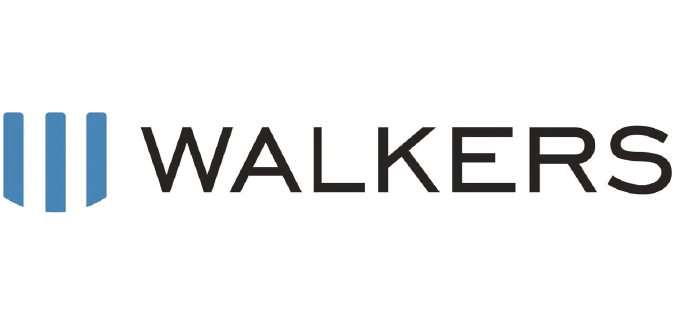 By Jo Lit and Tiffy Wan, Walkers
By Jo Lit and Tiffy Wan, Walkers
Hong Kong has emerged as the top IPO market globally in 2018 in terms of funds raised thanks to several blockbuster listings including Xiaomi Corporation and China Tower Corporation, as well as attracting a variety of different issuers thanks to some key reforms to the Hong Kong listing rules.
Biggest reforms since 2000
In 2018, the Stock Exchange of Hong Kong introduced the biggest reforms to the listing regime in Hong Kong since 2000 when the Growth Enterprise Market (GEM) was introduced. With effect from April 30, 2018, three new chapters were introduced to the main board listing rules in Hong Kong:
1. Chapter 8A — companies with weighted voting rights structures (WVR)
2. Chapter 18A — dedicated to biotech companies
3. Chapter 19A — secondary listing of innovative companies
Not surprisingly, just like in 2000 when tom.com first launched on GEM, the share offerings under the new Chapter 8A and Chapter 18A in 2018 have attracted global institutional and local investors, resulting in IPOs with record-high initial market capitalisation upon listing.
Brave new world
For biotech companies, the business cycle is relatively long in comparison to other traditional industries, often taking anywhere from 15 to 20 years from initial research to product commercialisation. As a result, biotech companies require a substantial amount of upfront funding to support their research and development (R&D). Thus they have relied traditionally on government grants, university funding, investments from major pharmaceutical companies, private equity investors and personal funding.
To address the difficulties faced by biotech companies in raising the necessary capital to support their R&D, the profit requirement has been waived under the new Chapter 8A rules.
Thanks to the relatively low threshold for operation duration and profits, a number of companies have already taken advantage of the new regime with successful listings over the past six months. As of November 30, 2018, beyond the two successful listings, nine other biotech companies have also made their listing applications under the new Chapter 18A rules.

Some shareholders are more equal than the others
Xiaomi Corporation and Meituan Dianping are the first two issuers listed in Hong Kong with WVR.
Under the new Chapter 8A of the main board listing rules, the WVR has, among others, the following characteristics:
- The voting power of the shares with weighted voting power (WVR Shares) is capped at 10 times of the voting power of ordinary shares
- WVR shares are non-listing
- Issues of WVR Shares must be capped at the same proportion as that upon listing, unless otherwise approved by the Stock Exchange
The listing applicants for WVR structures are expected to demonstrate the necessary characteristics of innovation and growth and demonstrate the contribution of their proposed beneficiaries of the WVR Shares, who must be members of the applicant’s board of directors.
Apart from the weighted voting power, the WVR Shares have the same right to dividends and liquidation preference as those of the ordinary shares. Moreover, for certain reserved matters, such as changes to constitutional documents, appointment and removal of auditors and independent non-executive directors, the WVR Shares can only vote on a “one share one vote” basis.
With the introduction of the Chapter 8A, Hong Kong will be competing directly with Nasdaq and The New York Stock Exchange which already uses weighted voting right structures.
Stock Connect boost
Since its launch in November 2014, the Stock Connect scheme is a mutual market access programme between the Hong Kong, Shanghai and Shenzhen Stock Exchanges which allows international and Mainland Chinese investors to trade eligible securities in each other’s markets. On December 9, 2018, the three Stock Exchanges jointly announced that they have reached a consensus on the detailed arrangement for the inclusion of companies with weighted voting rights in Southbound Trading of Stock Connect, which allows PRC institutional investors to trade in shares of companies with WVR in Hong Kong directly. It is expected that the new rules will be implemented in mid-2019.
Trends that will continue to rise in 2019
With a clear regulatory framework dedicated and tailored-made rules governing the listing of biotech companies, it is anticipated that there will be a steady increase of biotech companies listed in Hong Kong, both under the new chapter 18A and the regular listing framework.
The introduction of new rules for the Southbound Trading of Stock Connect, providing access to PRC institutional investors to trade securities of WVR directly, the Hong Kong Stock Exchange will continue to attract quality innovative companies globally.
![]()
E: tiffy.wan@walkersglobal.com
T: (852) 2596 3383, (852) 2596 3379


